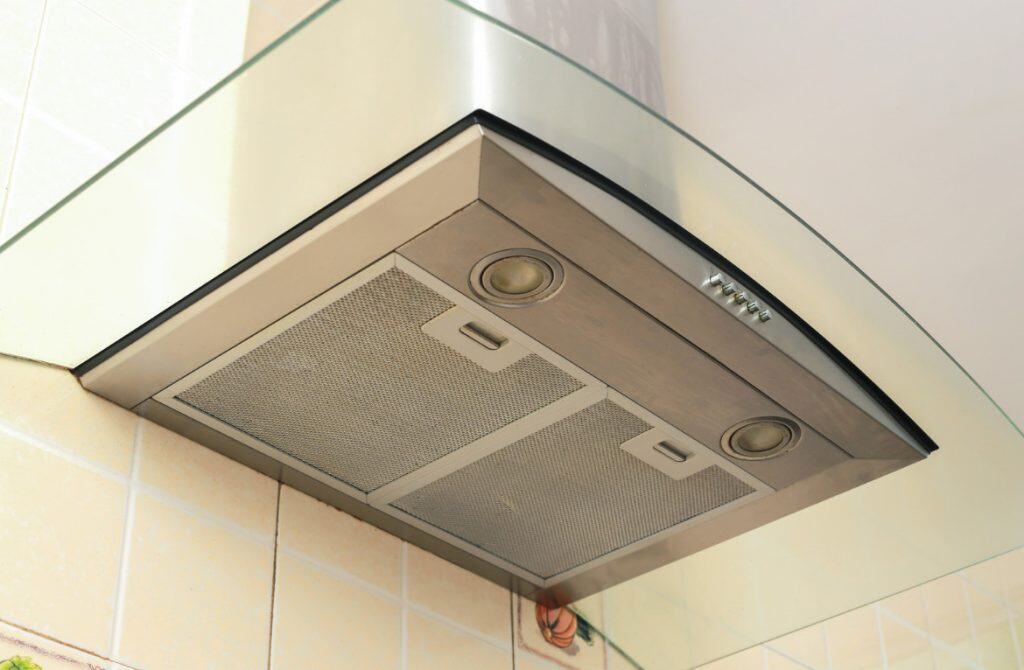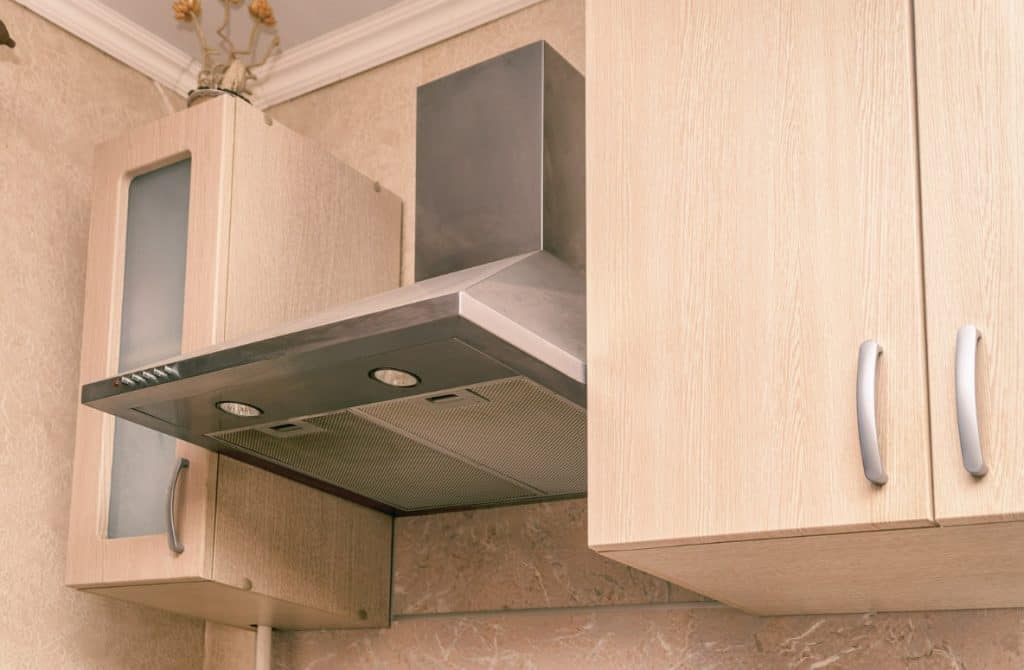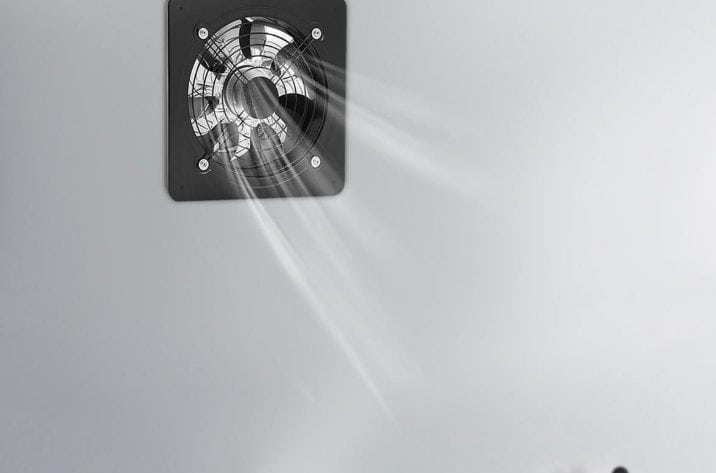As home cooks, we often focus on ingredients, recipes, and techniques, but there’s another crucial element that can significantly impact our cooking experience: air quality. A common question arises: Do you need an extractor fan in the kitchen?
While not always legally required, installing an extractor fan can enhance your cooking environment by removing excess heat, smoke, and odors. This article delves into the importance of extractor fans, their benefits, and considerations for installation.
What Is an Extractor Fan?
An extractor fan, commonly known as a range hood or cooker hood, is an appliance designed to ventilate the kitchen by removing airborne grease, combustion products, fumes, smoke, odors, heat, and steam from the air.
They are typically installed above the cooking surface and can either vent air outside or filter and recirculate it back into the kitchen.

Types of Extractor Fans
- Ducted Extractor Fans: These fans expel air outside the building through ductwork, effectively removing pollutants from the kitchen.
- Ductless (Recirculating) Extractor Fans: These fans filter the air using charcoal filters and recirculate it back into the kitchen. While easier to install, they may be less effective in removing moisture and odors.
Benefits of Using an Extractor Fan
1. Improved Air Quality
Cooking, especially methods like frying or grilling, releases smoke, steam, and odors into the air. Extractor fans helps remove these pollutants, leading to better indoor air quality and a more pleasant cooking environment.
2. Prevention of Moisture Buildup
Excess moisture from cooking can lead to condensation on walls and ceilings, promoting mold growth. Using an extractor fan reduces humidity levels, helping to prevent mold and mildew formation.
3. Enhanced Comfort
By removing heat and steam, extractor fans help maintain a comfortable temperature in the kitchen, making cooking more enjoyable.
4. Protection of Kitchen Surfaces
Grease and smoke can settle on kitchen surfaces, leading to staining and damage over time. An extractor fan minimizes this buildup, preserving the appearance and longevity of your kitchen.
5. Compliance with Building Regulations
While not always mandatory, some local building codes may require the installation of extractor fans, especially in kitchens without windows or adequate natural ventilation. It’s essential to check local regulations to ensure compliance.

Considerations for Installation
1. Size and Capacity
Choose an extractor fan with sufficient capacity to handle the size of your kitchen and cooking appliances.
2. Noise Levels
Consider the noise level of the extractor fan. Using a well-designed extractor fan vent cover can help minimize noise while maintaining efficient airflow.
3. Maintenance
Regular maintenance is crucial for optimal performance. Clean or replace filters as recommended by the manufacturer to ensure efficient operation.
4. Aesthetics
Select an extractor fan that complements your kitchen’s design. Modern models come in various styles and finishes to match different kitchen aesthetics.
Conclusion
While not always legally required, installing an extractor fan in your kitchen offers numerous benefits, including improved air quality, moisture control, and enhanced comfort. By considering factors like size, capacity, noise levels, and maintenance, you can select an extractor fan that suits your cooking needs and kitchen design.
Remember to consult local building regulations to ensure compliance and enjoy a healthier, more comfortable cooking environment
